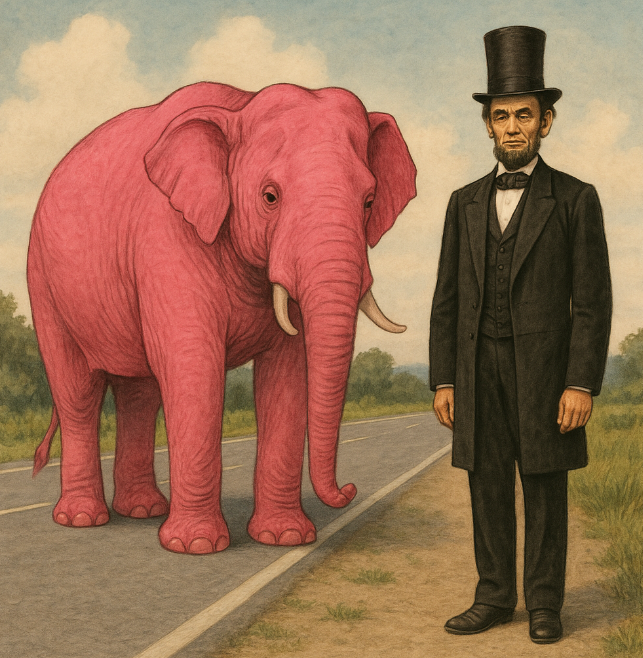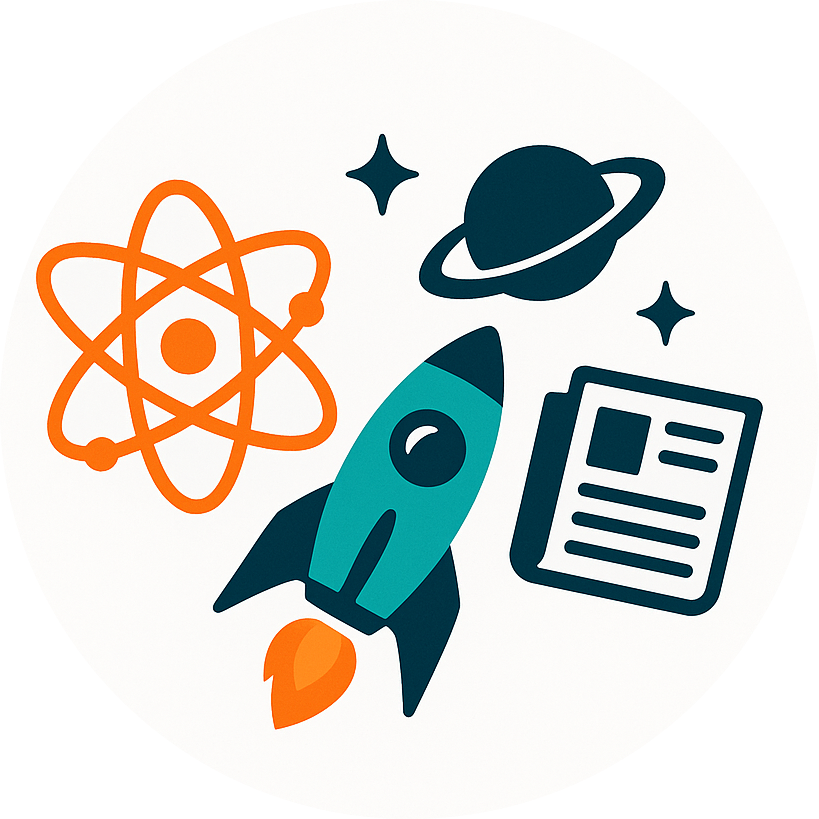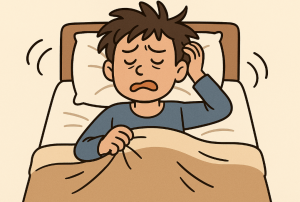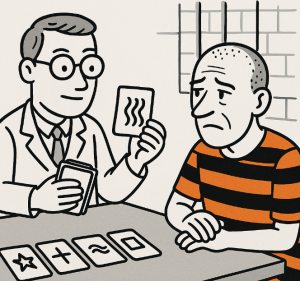
Dreaming Under Anesthesia
Do you stop being conscious when you’re put under anesthesia?
For decades, many assumed the answer was yes. But new research from the University of Oslo suggests something more complicated: patients often continue dreaming even in deep sedation—yet our best brain-based tests of consciousness can’t tell the difference.
From “Lights Out” to Dream Reports
When doctors administer propofol, a common anesthetic, the expectation is a blackout—no awareness, no memory. Yet when researchers gently shook 20 healthy volunteers awake during sedation, 82% of the awakenings with interpretable answers included reports of dream-like experiences. Some recalled vivid scenes (“I was part of a wolf pack”), others only fragments or feelings.
This finding echoes what many patients whisper after surgery: “I think I was dreaming.” But until now, science lacked a good way to measure such hidden awareness.
The Promise of Brain Complexity
Enter “complexity measures.” Think of them as ways of scoring how rich or varied your brain’s electrical patterns are. Two methods were tested:
- Lempel-Ziv complexity (LZc): borrowed from computer science, it examines the difficulty of compressing brain signals into a simple file. More complexity = more conscious processing.
- Perturbational Complexity Index (PCIst): Here, scientists give the brain a gentle magnetic “tap” (using transcranial magnetic stimulation, or TMS) and measure the complexity of the resulting ripples of activity.
The logic is elegant: a conscious brain is both integrated (different parts communicate with each other) and differentiated (they perform distinct functions). More integration + differentiation = higher complexity.
The Big Test
The Oslo team recorded EEG (electroencephalography) while participants were awake, and again while deeply sedated. They woke people up at intervals and asked: “Did you experience anything?”
Here’s the twist:
- As expected, complexity scores dropped sharply from wakefulness to sedation.
- But within sedation, complexity scores didn’t differ between those who reported dreams and those who reported nothing.
In other words, the brain looked equally “unconscious” whether a person was dreaming or not.
Why This Matters
This gap between brain signals and lived experience is more than academic. Around the world, anesthesiologists wrestle with a haunting risk: intraoperative awareness. A small fraction of patients wake up during surgery, unable to move but aware of pain or sounds. If complexity measures could reliably track consciousness, doctors might better protect patients.
But this study shows the challenge: our tools may be too coarse. They can distinguish between being fully awake and sedated, but they cannot identify subtle experiences within sedation.
A Universal Puzzle
The implications go beyond operating rooms in Europe or North America. In many countries—whether rural clinics in India, public hospitals in Nigeria, or teaching hospitals in Brazil—resources for advanced anesthesia monitoring are scarce. If complexity-based measures can’t reliably distinguish between dream states and true unconsciousness, rolling them out globally could provide false reassurance.
The study also connects to ancient questions. In folklore from Mexico to China, sleep was often seen as a portal: the body rests, but the mind wanders. Today, neuroscience edges closer to the same idea—dreaming may persist even when bodies appear “switched off.”
An Analogy: Stadium Noise
Think of the brain like a packed football stadium. When everyone is chanting in unison, the noise is simple, predictable, and easy to compress—low complexity. When pockets of fans are singing different songs, waving flags, and booing referees simultaneously, the sound is chaotic and layered—highly complex.
Sedation lowers the stadium’s volume overall. But whether the crowd is murmuring in unison or some fans are quietly humming their own tune (dreams), the complexity measure may not pick it up.
The Limitations
The researchers are cautious. The number of “no-experience” reports was small (only 5), making comparisons hard. Propofol itself may cause memory blurring, so some dreams may have been forgotten. And the measures used—especially PCIst—summarize minutes of brain activity, while dreams may flicker in and out within seconds.
Still, the take-home message is powerful: low complexity doesn’t always mean no consciousness.
Looking Ahead
Future studies could focus more closely, capturing brain responses immediately before awakening. They could also use finer-grained measures or combine EEG with other signals like heart rate or pupil changes.
And for anesthesiologists worldwide, the work is a reminder: patient awareness under sedation may be more common—and more mysterious—than once believed.
Let’s Explore Together
This research raises more questions than it answers:
- Could this idea work in your community? If hospitals had better ways to track hidden awareness, would it change how sedation is managed?
- What would you test next? If you were on this team, would you tweak the timing, the tools, or the questions asked of patients?
- What everyday problem do you wish science could solve? From better sleep to safer surgeries, where should the next breakthroughs land?
Science, like consciousness itself, thrives on complexity. And as this study shows, the mystery of the dreaming brain is far from solved.



